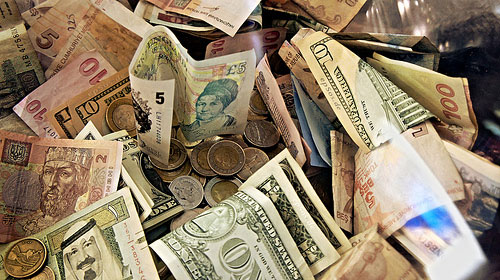The Banco Central do Brasil is fighting back against the upward pressure on inflation. In 2012 consumer prices went up by 5.8%; so far this year prices have risen by 6.09%, worryingly close to the upper limits of 6.5% for the year as a whole. The central bank’s response has been to raise its benchmark “Selic” interest rate four times, from the 2012 low of 7.25% to today’s 9%. The latest move took place in late August and analysts are sure there are more increases to come. In the most recent survey by the Bloomberg news agency, the consensus among economists was that the Selic rate would be up to 9.75% by the end of this year and would remain there into 2014.
This aggressive war on inflation has impressed investors, who once again see a real rate of return (as ever, the pun is unavoidable) of almost 3%. Those same investors have also been watching a pick-up in the economic data from around the world, including China. The BRIC grouping may have faded from their consciousness. The “emerging market” sobriquet has a different meaning today from five or ten years ago. Nevertheless, there is still a tendency – logical or not – to lump together China, Brazil and other potentially vibrant new economies as an investment class; when one or two of them look shaky they are all a sell and when a couple seem to be pulling through they are all a buy.
That sentiment, together with a potentially-increasing inflation-adjusted return on the currency, has helped the Brazilian real in recent weeks. After an almost unbroken decline, which began in early March and cost it a fifth of its dollar value over the following five months, the real appeared to turn a corner in late August. In dollar terms the rebound has so far been worth 7% to the real.
To translate that decline and recovery into sterling terms, over the same period from early March to mid-August the real fell by 24%, peak to trough, and has rallied by nearly 7% from its August low. These are big moves and it is no wonder the authorities in Brasilia are uneasy about their currency. First they worried that it was too strong, then that it was too weak. Now they must be concerned that it is too volatile, even though part of that volatility is the direct result of intervention by the Banco Central.
Where the real goes next will depend on several factors, ranging from America’s involvement – or not – in Syria to the wind-down – or not – of the Federal Reserve’s quantitative easing programme and the continued economic recovery of China and the rest of Asia. Because there are so many imponderables it would be futile to predict the direction of the real in the next couple of months, let alone to forecast how far that move might take it. Anyone needing to buy or to sell Brazilian reais should give serious consideration to hedging half their requirement. To cover all or none of it would be akin to spinning a coin for the whole amount.
For more updates check out international money transfer experts, Moneycorp.
———-
Photo credit: epSos.de
